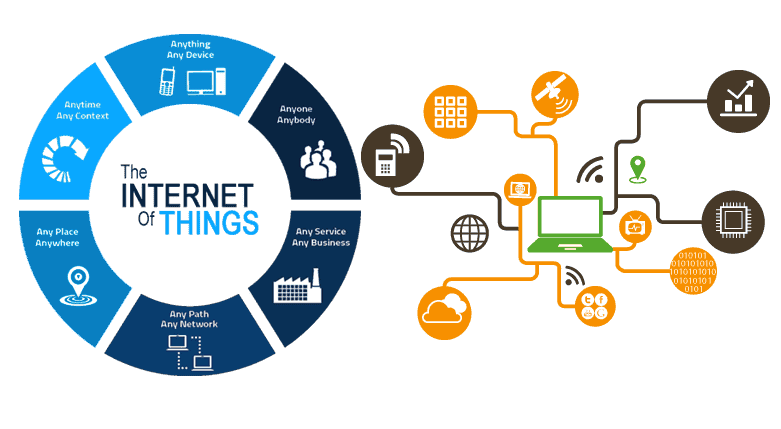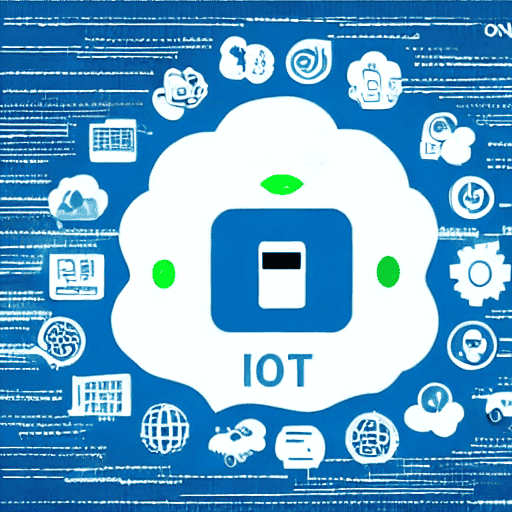Table of Contents
The Internet of Things, or IoT, is a term that refers to the interconnectivity of devices and systems through the internet. The IoT has increased in recent years, with billions of devices now connected to the internet, from smartphones and smart homes to industrial machines and vehicles. In this article, we will explore what the IoT is, how it works, its benefits and challenges, and its impact on various industries.
What is the IoT?
The IoT is a network of devices, sensors, and systems that communicate with each other over the internet. These devices range from simple sensors that collect data to complex systems that control industrial processes. The IoT enables these devices to share data and communicate with each other, creating a seamless network of connected devices.

How does the IoT work?
The IoT works by connecting devices to the internet and enabling them to communicate with each other. This is done through various communication protocols, including Wi-Fi, Bluetooth, and cellular networks. Devices can send data to the cloud, which can be processed, analyzed, or communicated directly with other devices.
Benefits of the IoT
The Internet of Things offers many benefits, including increased efficiency, improved safety, and reduced costs. By connecting devices and systems, the IoT enables automation and remote monitoring, which can help to streamline processes and reduce the need for human intervention. The IoT can also improve safety by allowing real-time monitoring of equipment and systems and can reduce costs by optimizing energy usage and reducing waste.
Challenges of the IoT
The IoT also presents several challenges, including security concerns and the need for standardization. With billions of devices connected to the internet, security is a significant concern, as hackers could potentially exploit any vulnerability. Additionally, the lack of standardization in IoT devices and protocols can make it challenging to ensure device interoperability and compatibility.
Impact on Industries
The IoT significantly impacts various industries, from manufacturing and healthcare to agriculture and transportation. In manufacturing, the IoT enables real-time monitoring of equipment and processes, improving efficiency and reducing downtime. In healthcare, the IoT allows remote monitoring of patients and the development of new treatments and therapies. In agriculture, the IoT is helping to optimize crop yields and reduce waste. In transportation, it is enabling the development of autonomous vehicles and improving logistics and supply chain management.
The Future of IoT
The future of IoT is auspicious, with many experts predicting that it will continue to grow and evolve rapidly over the next few years. Here are some of the trends and developments that we can expect to see in the future of IoT:
- Increased adoption: As more and more devices connect to the internet, we can expect to see widespread adoption of IoT technology in many industries and applications.
- Artificial intelligence and machine learning: IoT devices are becoming more sophisticated and capable of processing and analyzing large amounts of data. As a result, we can expect to see the integration of AI and machine learning algorithms in IoT devices to enable more advanced analytics and decision-making.
- Edge computing: With the growing number of connected devices, the data generated is increasing exponentially. Edge computing, which involves processing data on machines rather than sending it to the cloud, is expected to become more prevalent in IoT to reduce latency and improve efficiency.
- 5G technology: The rollout of 5G technology is expected to significantly impact the future of IoT. With faster speeds and lower latency, 5G will enable deploying more advanced and sophisticated IoT devices and applications.
- Security: As IoT devices become more widespread and interconnected, security will become an increasingly important concern. We can expect to see more advanced security measures and protocols implemented in the future of IoT to protect against cyber threats and ensure data privacy.
Overall, the future of IoT is bright, with many exciting developments and innovations on the horizon. As technology continues to evolve and mature, we can expect IoT devices and applications to become more sophisticated, capable, and pervasive in our daily lives.
Conclusion
The Internet of Things is a rapidly growing network of devices and systems connected to the internet, enabling them to communicate and share data. While the IoT offers many benefits, it also presents several challenges, including security concerns and the need for standardization. Nevertheless, the IoT significantly impacts various industries, and its growth shows no signs of slowing down.
FAQs
- What is the Internet of Things (IoT)? The IoT is a network of devices, sensors, and systems that communicate with each other over the internet.
- How does the IoT work? The IoT works by connecting devices to the internet and enabling them to communicate with each other through various communication protocols.
- What are the benefits of the IoT? The IoT offers many benefits, including increased efficiency, improved safety, and reduced costs.
- What are the challenges of the IoT? The IoT presents several challenges, including security concerns and the need for standardization.
- What is the impact of the IoT on industries? The IoT significantly impacts various industries, from manufacturing and healthcare to agriculture and transportation.
Recommended post : AI-Generated Graphics


